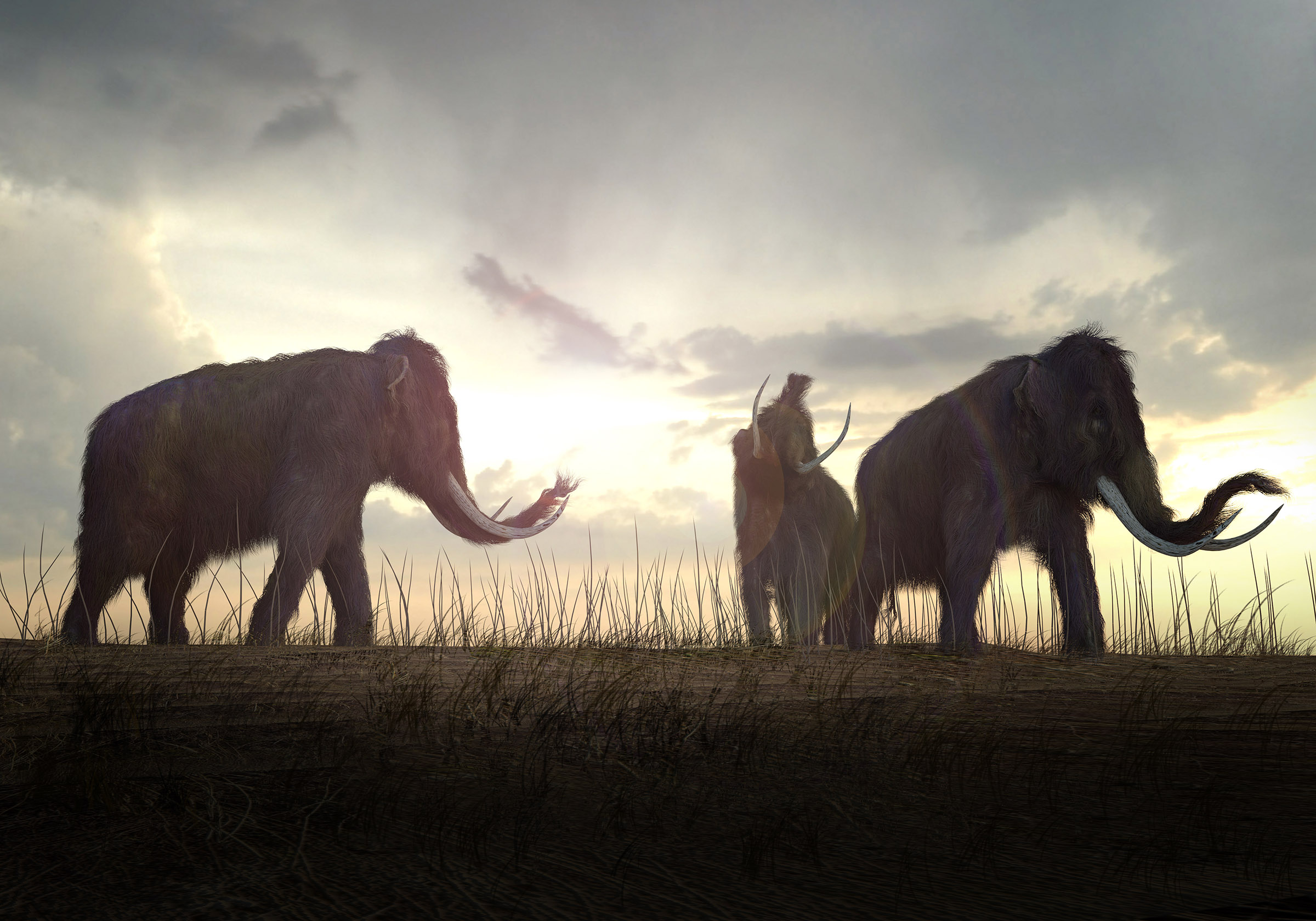Scientists Hit A Major Milestone In Plans To Revive Woolly Mammoths
Scientists say they are closer than ever to reviving the woolly mammoth (via The Washington Post). Colossal Biosciences has been working on its project to revive the mammoth. The company shared its hopes to resurrect the mammoth within four years back at the start of 2023, and now it has created important stem cells that are vital for the project to work as planned.
Being closer than ever to reviving a long-extinct species does not mean there aren't still tons of steps to complete. In fact, the creation of these stem cells is just a foundational accomplishment. The stem cells still need to be transformed into other types of cells needed to complete the resurrection.
Still, it's hard not to get excited about the progress on this wild and crazy project to revive the woolly mammoths. These creatures have been extinct for thousands of years. And while the resurrection won't bring back the exact same mammoths that we know from history — they'll be more like mammoth and elephant hybrids — it's a huge step forward in genetics.

This project is the foundation for other similar projects that will hopefully help correct humanity's role in the ongoing extinction issues that the wildlife around our planet are experiencing. Of course, there are several ethical questions that need to be answered, and we'll need to determine exactly who gets to decide what animals are revived.
But to think that a project designed to revive the woolly mammoth could actually be successful shows just how far the world of genetics has come. The hope, always, with projects like this is that we don't end up with people like the scientists seen in Jurassic Park, who put lives in danger just because of their own greed.
What might sound like the plot of a science fiction movie is not only possible; we've already sequenced the genetic blueprint of the mammoth, giving us a potential manual for how to remake the mammoth as it was 4,000 years ago when it ceased to exist. Now, all we have to do is wait and see how Colossal Biosciences pulls it off.
